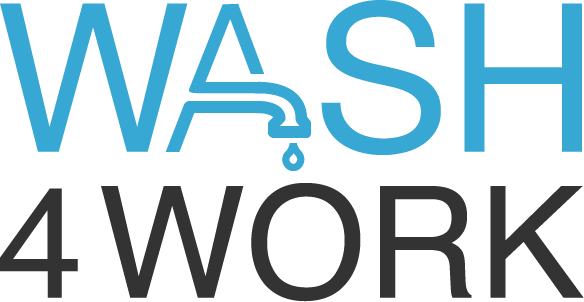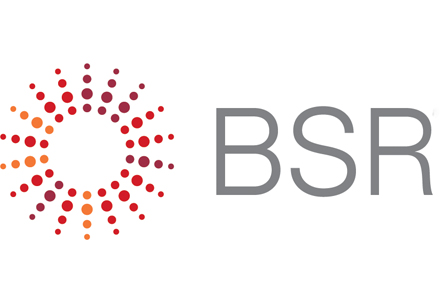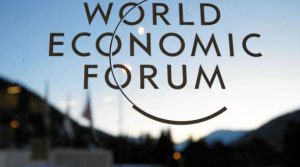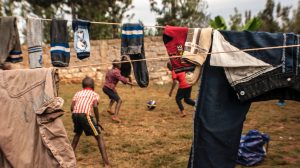Primary Functions
- Understand participatory learning and action (PLA) approaches to WASH projects
Detailed Description
Participatory Learning and Action: An Overview
Definition: Participatory learning and action (PLA) can be defined as “a growing family of approaches, tools, attitudes and behaviors to enable and empower people to present, share, analyze and enhance their knowledge of life and condition and to plan, act, monitor, evaluate, reflect and scale up community action.” PLA approaches have been applied across a range of sectors, including, but not limited to, programs for natural resource management and agriculture, equity, empowerment, health, human rights, and security.
Several fundamental tenets form the foundation of PLA methodology, including the idea that the facilitator should “hand over the stick” to allow participants to describe their own experience and reality as they understand it. The facilitator also aligns his or her behavior to several key precepts inherent to this methodology, including the promotion of open sharing among participants, the use of visual aids and tangible objects, and
collaboration through group work.
Background: The PLA methodology evolved from less inclusive but related approaches to participation known as rapid rural appraisal (RRA) and participatory rural appraisal (PRA). RRA and PRA were developed in the 1970s to provide alternative methods of data collection beyond traditional anthropological ethnographies and large-scale surveys. This family of related approaches has evolved over time to emphasize local empowerment and to provide an alternative to extractive data gathering.
Global Use: By the 1990s, PRA and PLA approaches had reached a global audience. They have been used in over 100 countries around the world and piloted by a variety of institutions, including government ministries, international non-profits, and donor agencies. PLA tools continue to be invented or implemented in creative new ways, with some international organizations even using them internally to empower their employees. In other cases, PLA tools have been institutionalized as part of best practice for a specific type of project. For example, international nonprofits routinely utilize wealth ranking to identify the poorest members of a given community in order to reach out to them for services. PLA methodology remains at the center of a well-known and effective type of water, sanitation, and hygiene project known as community-led total sanitation (CLTS).
As many successful case studies from a variety of sectors and regions are widely available on the Internet, practitioners can both learn from and contribute to the wide range of PLA activities currently implemented around the world.





